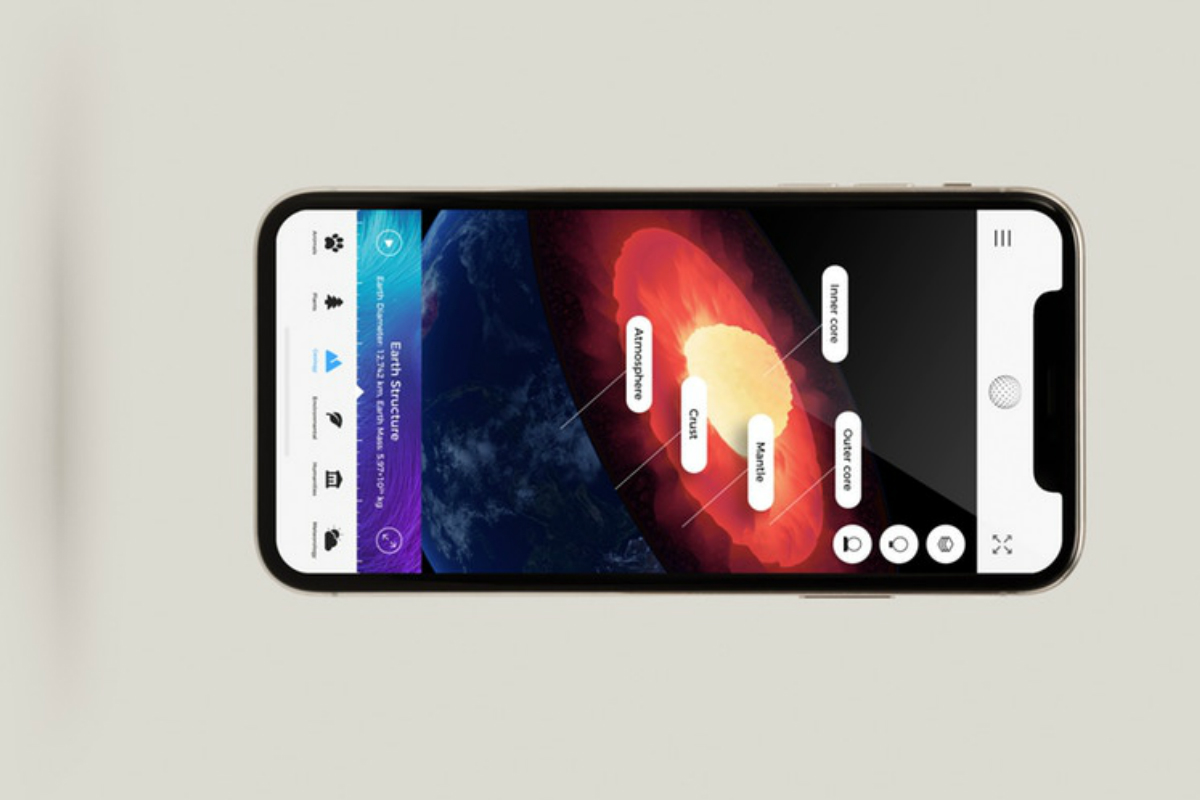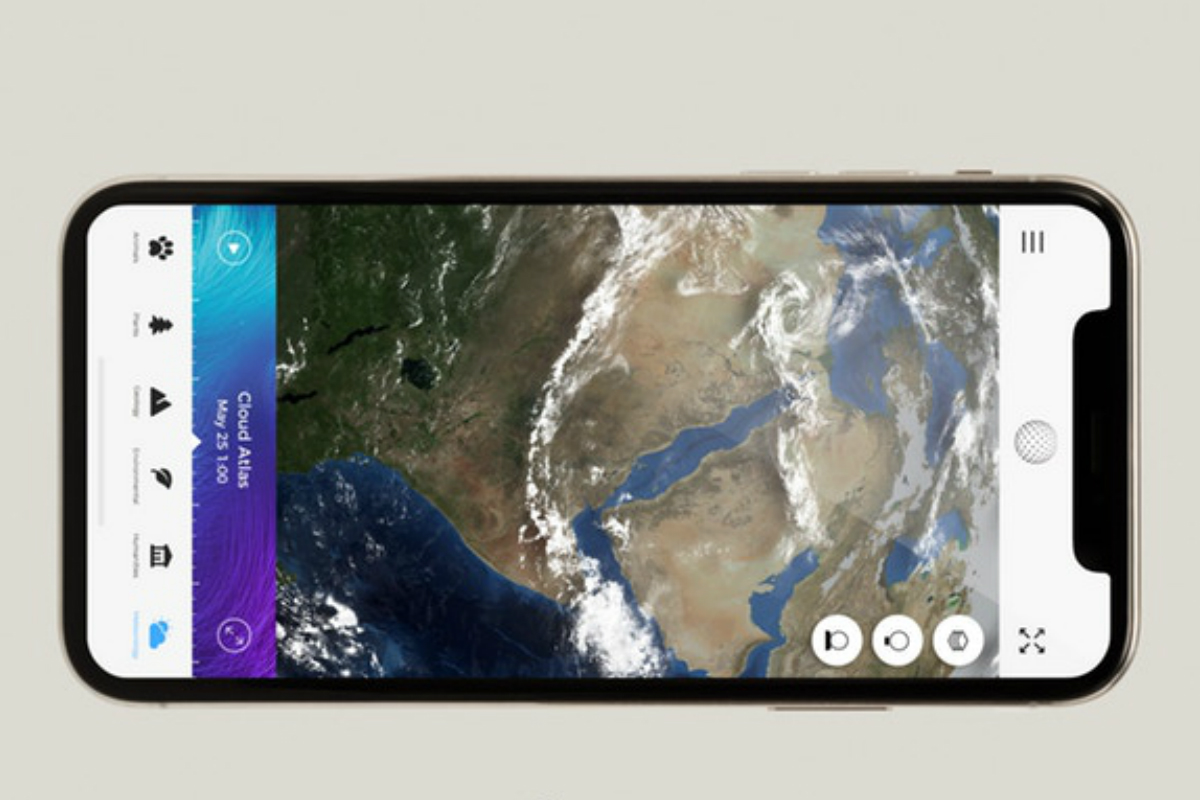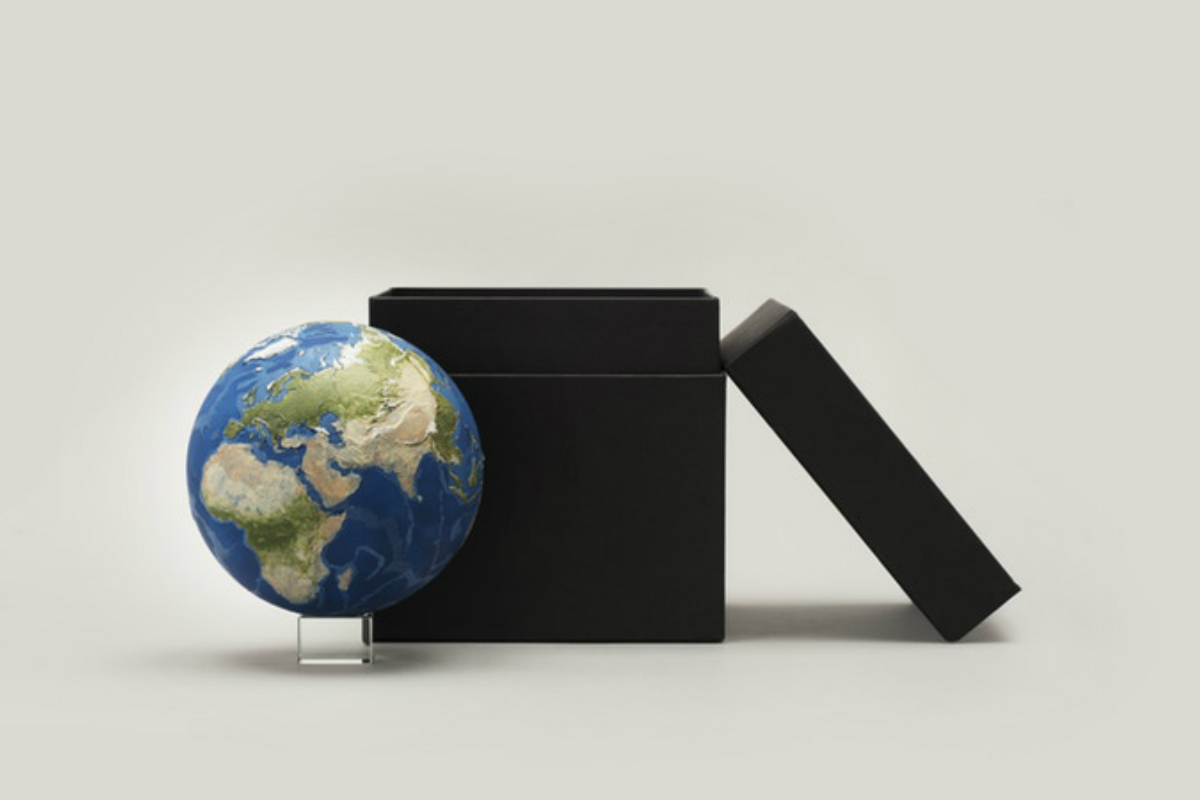
As outdoor enthusiasts, we care deeply about the planet we live on. There is always more to learn about our changing world including past, present, and future information. AstroReality has launched the project Earth on Kickstarter — a 3D hand-painted globe that, when paired with a unique application, can provide in-depth information about the planet we live on. The physical globe is brought to life with the AR/A.I.-driven app to help you learn about our past, present, and future on Earth.
The AstroReality application displays information in several categories including the migration and habitats of animals both past and present; biomes, crops, and plants of the world; geology highlighting the formation and evolution of our physical planet; environmental issues including climate change; anthropology focused on the human experience; and meteorology centered around the world’s weather systems. The technology takes you on an interactive journey through time, highlighting the planet’s rich geological history and providing visual evidence of how climate change is impacting our world.
The application is multi-layered and loaded with basic geographic information such as landmarks, latitude and longitude, time zones, and regions. Complicated visualization overlays provide information on heatmaps, cloud atlases, point maps, texture maps, and more. In addition to the augmented reality aspect provided by the immersive application, you can also control Earth with your voice.
While you explore the painted globe with your hands, you can speak to Gaea — the company’s smart voice technology powered by Microsoft LUIS — to direct the app to provide you with the exact information you’re seeking. When you just start using the app, you can even ask Gaea to help you navigate around the app and unlock features you may not have discovered on your own. For example, you can ask Gaea to run a timeline of cloud coverage for today or ask about the behavior of killer whales — the possibilities are virtually limitless.
Earth serves as an educational tool that utilizes art, science, and technology in order to make knowledge about our planet more accessible to the public in a fun and interactive form. It was designed using poly-resin density, 3D printing, and paint applied with a precise printing resolution along with a hand-painted layer on each product. From schools to everyday explorers, model collectors, and outdoor enthusiasts — Earth has something to offer to everyone.
Although crowdfunding products are not guaranteed, Earth has exceeded its funding goal, but as always, proceed with caution when it comes to crowdfunding projects. A $200 pledge on the company’s Kickstarter campaign page awards you the best chance of getting your hands on one of the first Earth models.








